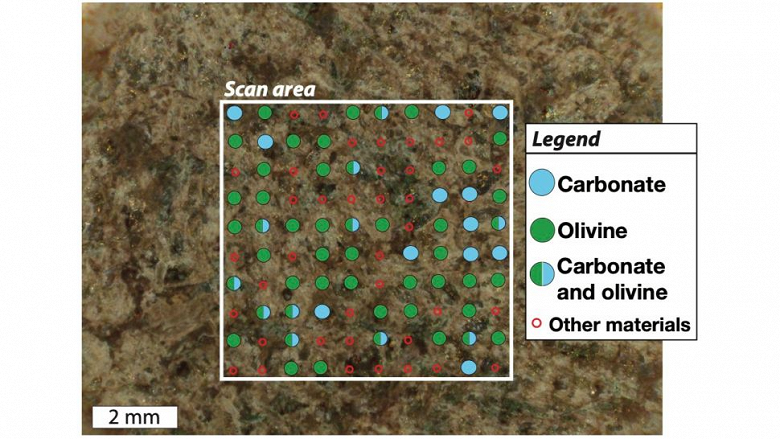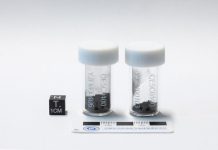The problem is that organics can appear as a result of geological processes.
NASA’s Perseverance rover has discovered a variety of organic matter in the Lake Lake crater on Mars that may indicate the presence of “life” on the Red Planet.

Organic compounds are molecules made up of carbon and often include other elements such as hydrogen, oxygen, nitrogen, phosphorus, and sulfur. Previously, scientists have discovered several types of organic molecules of Martian origin – in meteorites that broke away from Mars as a result of cosmic impacts and fell to Earth, and in the Gale crater, which NASA’s Curiosity rover has been exploring since 2012.
NASA’s Perseverance rover detects possible signs of alien life on Mars

Lead study author Sunanda Sharma, a planetary scientist at the California Institute of Technology in Pasadena, told reporters:
They are an exciting clue for astrobiologists as they are often considered the building blocks of life.
However, Sharma himself notes:
Importantly, they can be created by processes not related to life.
Simply put, organics can be produced by geological processes as well as biological ones. A deeper understanding of Martian organic compounds could be the key to finding potential signs of life on Mars, according to the study. As Sharma emphasized, before claiming that some life is the source of organics, it is required to exclude any non-biological source of origin.




